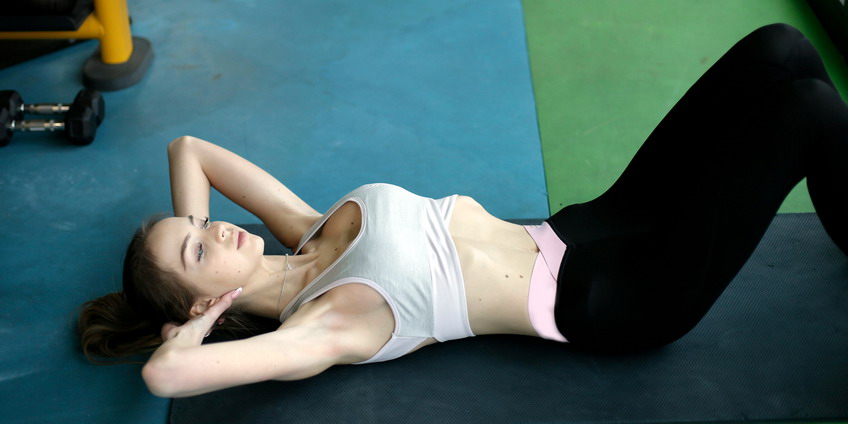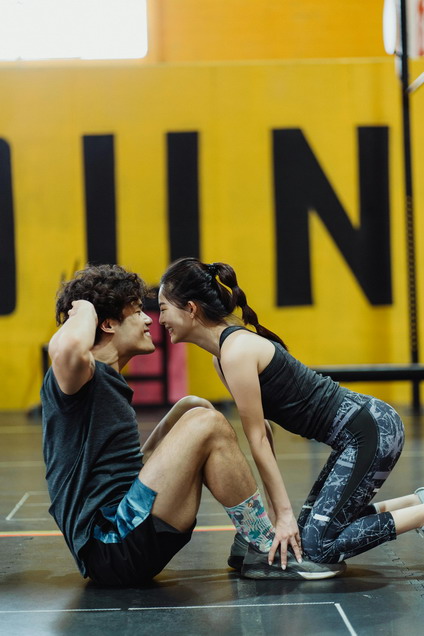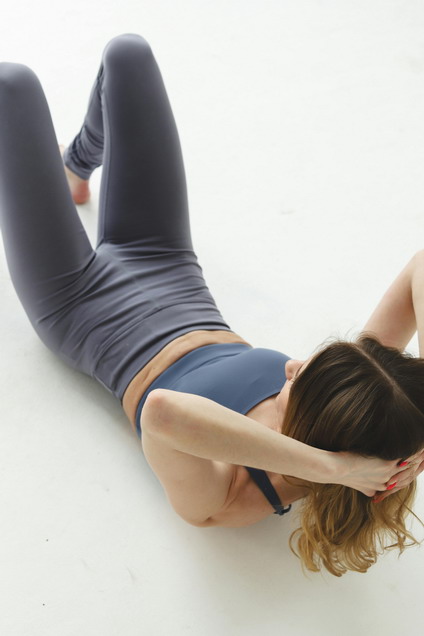040. Sit-Ups

Important motion for completing balanced and fully functional body power.
Training sit-ups may not be mandatory in general sense, but it would be very beneficial to practice them at least occasionally. They are probably the best go-to exercise for training total lower body flexion. Sit-ups will activate flexion in abdominal muscles and hip flexors, while maintaining tension in knee and ankle flexors.
Here are the main reasons and situations that require regular exercising of sit-ups:
• Counterbalancing strength and power of lower body extensors.
• Improvement of leg lifting motion and knee height in sprint.
• Preventing shin splints.
The most significant purpose of sit-ups is counterbalancing huge power of antagonist muscles, which are in charge for the lower body extension (erector spinae, gluteus, hamstrings, quadriceps, etc.). Those are the prime movers in deadlift, squat, running, jumping, etc. Second reason for training sit-ups is achieving powerful and efficient running, particularly sprinting. Every runner must be able to lift his knees high enough and quickly enough or his technique will suffer. Third reason is reducing and preventing pain in the front area of the lower leg (aka shin splints), which usually caused by prolonged walking or running on hard surfaces or hiking downhill.
Perform sit-ups like this: lay down on the floor, anchor your feet under the sofa, comfortably bend your knees, go up fast into the sitting position, then lay back down slowly and repeat. Holding hands locked behind the head usually feels the most natural. Alternatively, you can explosively swing your arm forward in “hammering” motion, to give momentum to sit-ups. If you haven’t practiced sit-ups for a long time, start with slow motion for a week or two. Gradually progress to faster and explosive sit-ups. To make them harder, hold a medicine ball in your hands


Add comment
Fill out the form below to add your own comments